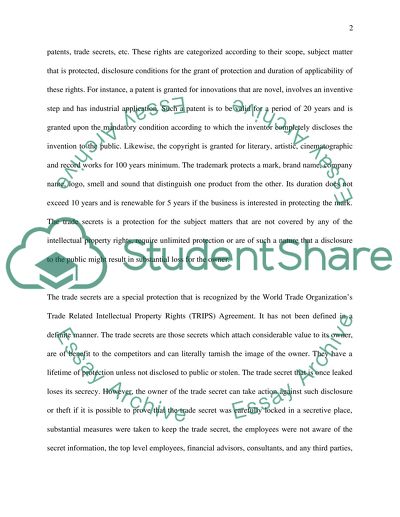Cite this document
(“Australian Marketing and Advertising Law Essay Example | Topics and Well Written Essays - 1500 words”, n.d.)
Australian Marketing and Advertising Law Essay Example | Topics and Well Written Essays - 1500 words. Retrieved from https://studentshare.org/law/1452420-australian-marketing-and-advertising-law
Australian Marketing and Advertising Law Essay Example | Topics and Well Written Essays - 1500 words. Retrieved from https://studentshare.org/law/1452420-australian-marketing-and-advertising-law
(Australian Marketing and Advertising Law Essay Example | Topics and Well Written Essays - 1500 Words)
Australian Marketing and Advertising Law Essay Example | Topics and Well Written Essays - 1500 Words. https://studentshare.org/law/1452420-australian-marketing-and-advertising-law.
Australian Marketing and Advertising Law Essay Example | Topics and Well Written Essays - 1500 Words. https://studentshare.org/law/1452420-australian-marketing-and-advertising-law.
“Australian Marketing and Advertising Law Essay Example | Topics and Well Written Essays - 1500 Words”, n.d. https://studentshare.org/law/1452420-australian-marketing-and-advertising-law.


